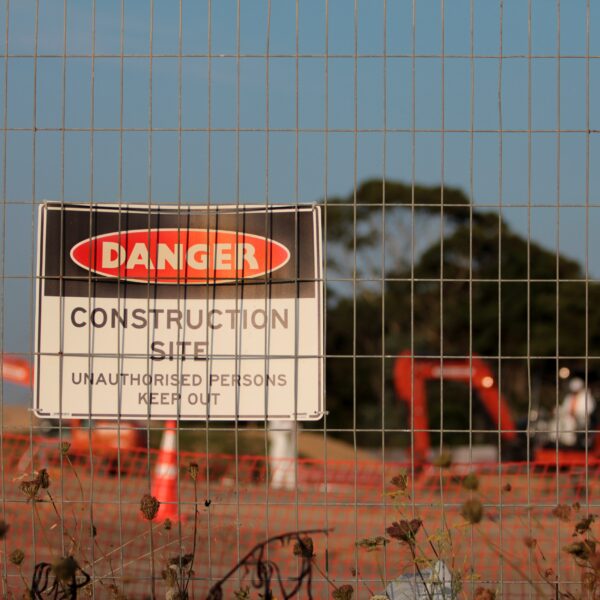In the supply chain, warehouses play a critical role. A lean, productive warehouse keeps companies going; thus, the organisation of the warehouse could make or break the bottom line of a company. Successful warehouse design involves optimization of layout and space. It also includes warehouse labelling and racking, software systems and technology for warehouse management, and designated picking and receiving areas. Clean and well-organized warehouses are able to accept goods, plan orders, fill and ship containers, and keep clients satisfied.
Unfortunately, it is easier said than done to organise a warehouse. Each decision should support the objectives of the company while striving to increase efficiency, maximize space, decrease costs, and provide superior customer service.
Top 10 Tips for Organising a Warehouse
- Keep a tidy warehouse
The allocation of an hour or two per week, or even per month, for warehouse cleaning can lead to incredible efficiency improvements. You never know what you could find, including missing or lost orders. Also, a clean warehouse ensures that workers can work quicker, easier and safer.
- Decrease clutter
To anyone coming into the warehouse, an unorganized or messy warehouse suggests that productivity is lacking. It may also mean that warehouse staff members are stressed, or that the morale of the business is suffering. If you notice corners are starting to pile up with rubbish or other items not needed in your workflow, it’s time to get rid. The easiest way to dispose of rubbish is to hire professionals like eagledumpsterrental.com who will provide a dumpster designed to meet your trash removal needs and help you complete the cleaning safely and quickly.
- Adopt lean stock methods
Maintaining a lean inventory means having what you need and nothing else around you. When completing order fulfilment services, this gives the staff fewer items to sift through. If necessary, consider reducing your stocks or see if you can get your suppliers to supply smaller loads more. As long as the expenditures add up, with a lean inventory, you can increase your performance and even save space and money.
- Health and safety is key
When it comes to it, safety is a priority when it comes to a factory. The last thing you want to do is put your warehouse employees in danger – just to raise your profit margins. This means when buying certain equipment ensure that people are trained to use them, and they are certified if they adhere to a standard. For example, ensure nobody in the warehouse is using a forklift truck if they don’t have the experience and correct training criteria, the same reasoning applies to warehouse steps or ladders, ensure they are often inspected, users are trained, and the steps are built to the right standards.
- Assess the use of shelves and rooms
A good plan is to consider the way shelves and space are used when trying to search for ways to increase the productivity of your warehouse. Besides the traffic patterns and total design of the warehouse, the location of shelves and containers affects the capacity for you to use any available space. Ensure the best-selling products are in easy reach and maybe the slower moving stock can be placed up a little higher in the pecking order.
- Customize your sector-based company
Every organizational structure should be tailored for the particular industry of a company. Many products will sometimes be transported to the same location at the same time; maintaining all those items in the same area helps all employees find their entire shipment quickly and load it on the truck. On the other hand, to see what works best for your operation, if individual shipments need to be shipped to different locations, try a different organizational structure.
- Reduce the number of packaging options/boxes
It seems like a small step in the process of streamlining the operations to minimize the number of packaging options used in the warehouse, although it is necessary to maximize staff productivity. You may think that it will reduce waste by providing many different sizes and shapes for packaging options, but it can also slow down the employees who have to pick and choose which boxes will fit best for the items they have picked.
If you can it’s a great tip to have your items boxed up or labelled as much as possible when the stock is ordered in.
- Keep track of error rates for inventory
Pick and pack errors will be made from time to time, sometimes in the most effective and organized warehouse. Keeping track of what kinds of errors are being made, and how often, may provide useful insights into places where there might be space for progress and improvements. Also, ensure to do regular stock checks to ensure stock isn’t being misplaced.
- Create zones based on the product type
By dividing up the warehouse into zones and grouping similar products together you can really improve productivity. The picking process becomes quicker and more efficient resulting in less time being wasted and more orders being fulfilled in a shorter space of time.
- Using shelf bins that are stackable
For small parts storage, stackable shelf bins are also a simple solution. To arrange and access small items that are in high demand, they are a perfect solution and take little space. Since smaller stackable shelf bins can be stored on desks and tables, any warehouse department can use them. They don’t even have to be used for parts or stock but even the shipping department may use them to store printed tags or invoices for transportation.
Image Credits: CHUTTERSNAP




Like this article? Share with your friends!